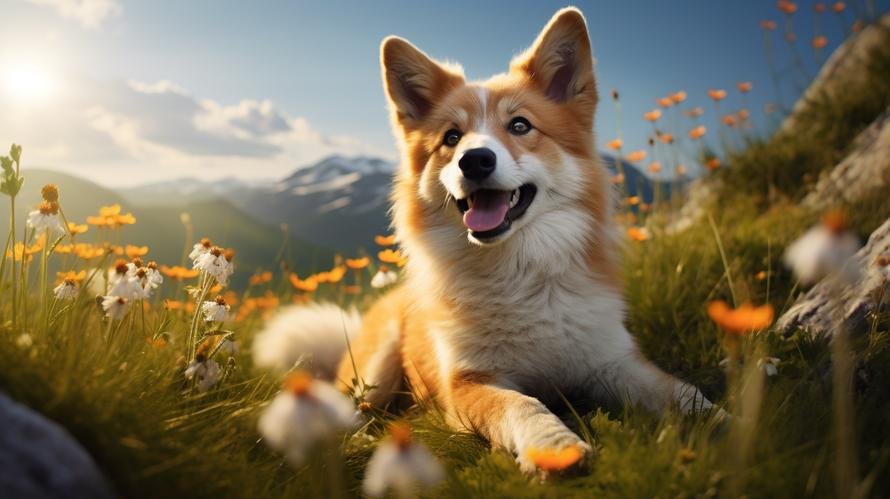Did you know there’s a dog breed out there that has six toes on each foot? Six times the pitter-patter of paws on your kitchen floor. Six times the path through the dewy grass in your backyard. This special dog is known as the Norwegian Lundehund, a relatively rare breed native to Norway. It’s a small, athletic dog that was used for ages to hunt puffins on the steep cliffs of its homeland.
But, wait! Before you rush to find one of these unique furry friends for yourself, you might be asking – is the Norwegian Lundehund a dangerous dog?
Rest assured, I’m here to answer all your queries and dispel any myths surrounding this unusual breed. Let’s explore together the nature of the Norwegian Lundehund and discover its actual behavior and characteristics.
So, is the Norwegian Lundehund a dangerous dog? The simple answer is: no. Like many dog breeds, the Lundehund, with proper training and socialization, can be an affectionate and jovial part of any family. They are known for their playful nature and an unusual degree of flexibility that lends them an air of doggy gymnastics!
The Lundehund is a loyal and friendly dog, known to easily bond with its human family. In fact, their inherent sociable tendencies mean they thrive in a family setting, loving nothing more than to cuddle on the couch after a day full of exercise.
Fear and mistrust usually promote aggression in dogs, but the Lundehund is not well-known for being skittish or anxious. If introduced properly to new situations, people, and pets, most Lundehunds usually prove to be rather mild-mannered.
That being said, it’s important to remember that every dog is an individual. Just like humans, they can have off days, and their behavior can vary depending on factors like their upbringing, training, and socialization experiences. Therefore, it’s always a good idea to adequately train and socialize your dog, regardless of its breed.
While Lundehunds can make excellent pets, they do have certain characteristics prospective owners should be aware of. For instance, they have a strong prey drive due to their puffin-hunting ancestry. This means they might be tempted to chase after smaller animals. This doesn’t mean they are dangerous, but it does mean they should be kept on a leash or in a secured area when outside.
There’s also a unique feature of the Lundehund that might make you think twice about adopting one–this breed is known for its stubborn streak. Lundehunds are intelligent, independent thinkers, which is a good quality but can also lead to challenges when it comes to training. They often need a little more patience and consistency compared to other breeds, so keep this in mind if you’re considering adding a Lundehund to your family.
In terms of health concerns, Lundehunds are a generally robust breed with few breed-specific ailments. However, one notable condition associated specifically with this breed is Lundehund Syndrome. This gastrointestinal disorder can lead to varying degrees of malnutrition and requires a careful diet and potentially frequent vet visits.
In the end, no matter what breed you choose, remember that owning a dog is a big responsibility that requires time, effort, and a lot of love. Understanding a breed’s characteristics, behavior, and health issues can go a long way in ensuring you end up with a loyal friend who fits well into your family.
So, if you can deal with an extra toe (or five), have the patience for a bit of stubbornness, and have the heart to love an active, friendly, and low-aggression dog, the Norwegian Lundehund could be a fantastic addition to your home. It’s probably safe to say you won’t find a better puffin-hunter anywhere else!
In conclusion, the Norwegian Lundehund is not dangerous, but like all breeds, it has individual characteristics that need understanding and specific care. With the right approach, these fascinating dogs can make delightful, loving, and utterly unique pets.



